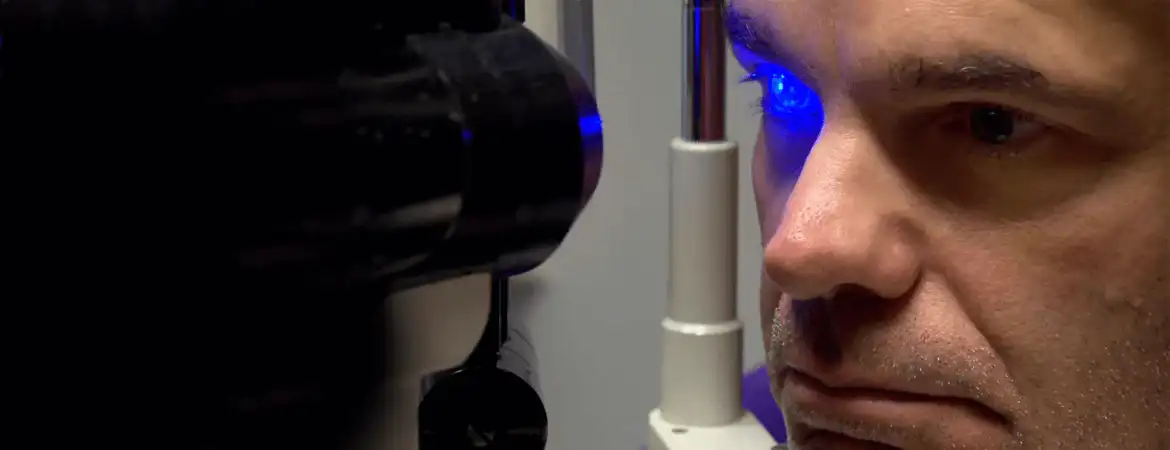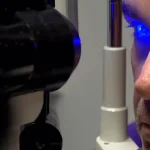There exist various type laser eye operations like LASIK, Bladeless LASIK, PRK and SMILE having great outcomes and high success rates. They are particularly intended to treat nearsightedness, hypermetropia and astigmatism, and provide an individual the opportunity to live without eyeglasses or contact lenses. Sight-threatening difficulties, for example, a decrease in vision after surgery is quite uncommon, and can be corrected with a repeat procedure known as enhancement surgery. The most important step is to figure out whether you are a suitable candidate for vision correction surgery. This can be affirmed by a detailed eye exam called Pre-Lasik screening to decide the eligibility for undergoing LASIK laser eye operation. Alongside general well-being and medical history, the LASIK specialist will investigate and assess the shape and thickness of the cornea, present refractive errors and the dryness of the eyes. However, like any other surgery, there are probable risks, side effects and limitations with laser eye operation you should be fully aware of before deciding to undergo the procedure of LASIK laser eye operation. Temporary discomfort, hazy vision and reduced sharpness of vision during the first few days following laser eye operation are normal and to be expected. Halos, glare and starbursts can be experienced in the low-light environment in the first few weeks after the surgery. In the vast majority of the cases, these problems are temporary and disappear completely within three to six months.





